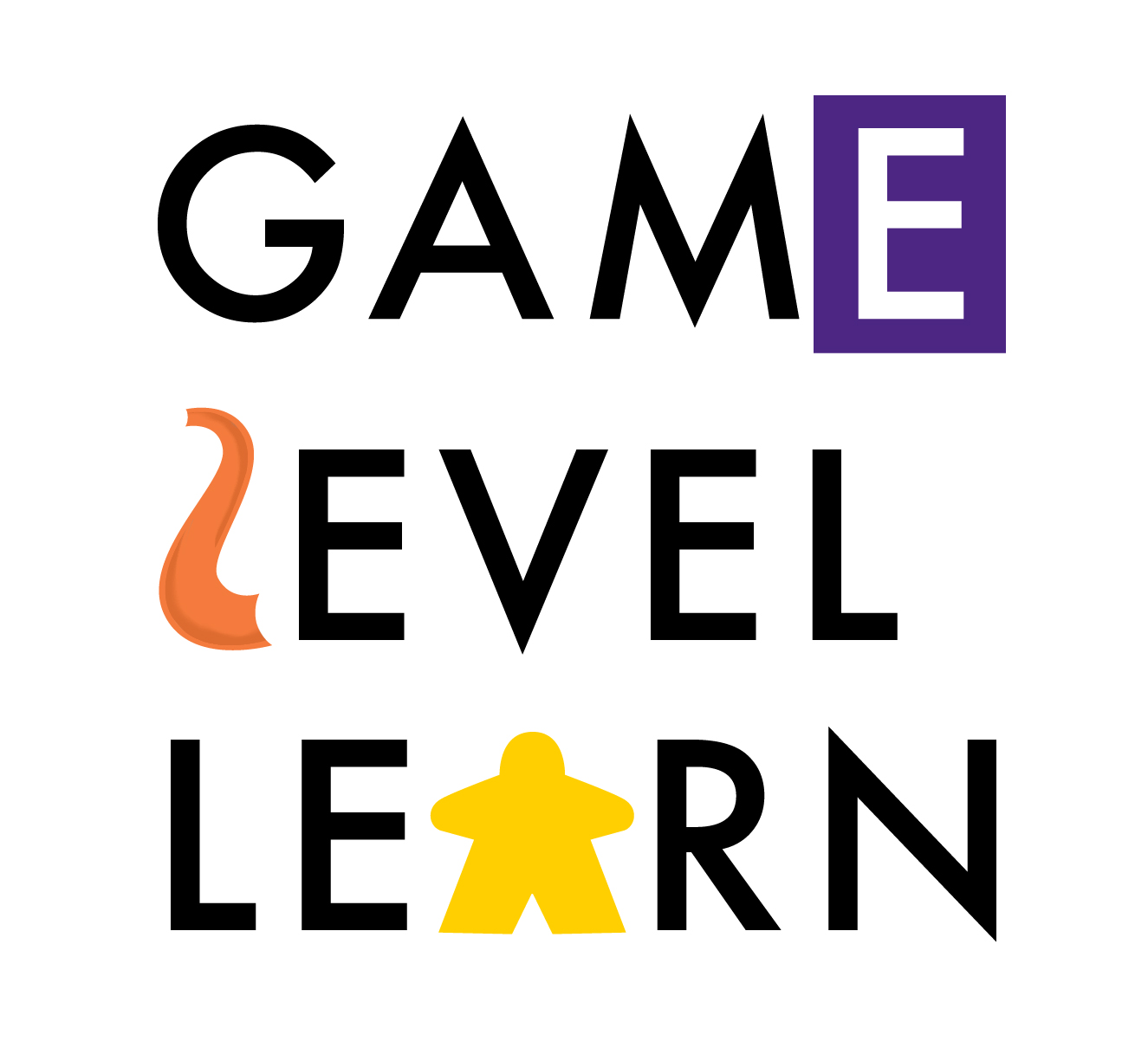Around the Classroom in 80 Games: Road to the White House
/Election season continues here in the United States (as it does for uncountable months) and with it comes another investigation of a board game for use in the classroom. This week it’s 1992’s Road to the White House!
Road to the White House, unlike the previous two entries in this sub-series (Candidate and Campaign Trail), brings what to me is the critical dynamic in election games into the game - the candidates themselves. And with the candidates come positions that the candidate holds. Once this mechanic is present in the gameplay, the game is going to be a much more effective model for the American campaign process. I would contend that Road to the White House is a more effective model. It isn’t necessarily a better game than Candidate or Campaign Trail, however.
Once again, the game really functions more like a primary nominating season simulation rather than a general election simulator. Players have the opportunity to take a variety of actions on their turn as the game simulates the raising of money, the building of state-level organizations and the intrusion of new issues and ideas that come from events that are just part of the regular ebb-and-flow of an election season.
Where Road to the White House gets it really right from the perspective of the gamifying teacher is in its candidates. There are dozens of characters to choose from all of whom have really different perspectives on issues. These differences can combine sometimes in very lively ways (very much like a game of Cosmic Encounter’s tone is pretty dependent on the powers each player picks). It can be difficult understanding the relationship between ideas and issues, state-level thinking, candidate success in those states (as opposed to others) and the long-term approach candidates have to take to their campaigns. Road to the White House does a pretty good job of simulating these decisions a candidate has to make.
Road’s only real problem (but it’s a biggie from a teaching/learning perspective) is the length of time requires to play. You’ll need to set aside 4 to 5 hours to get through a single run of the game. I played this a lot in the 90s and it didn’t seem that brutal, but in this day and age, a 4-5 hour game is going to feel like a slog for many of your players.
Having said that, I think this game is best used in the classroom as a way to get students to think about candidates. After even an abbreviated run of the game, students could no doubt create their own fictional candidates. Even better…have your students create themselves as candidates and have their peers evaluate their qualities as candidates. How likely would it be that these students would win an election? An interesting way to help your students personalize the experience of the candidates running right now, who, after all, were at one point in their lives elementary school, middle school and high school students themselves.


